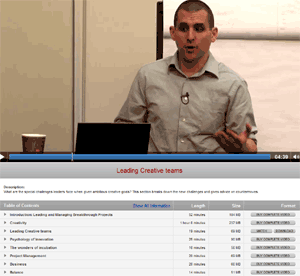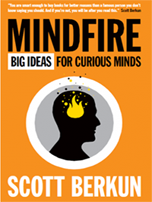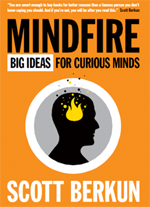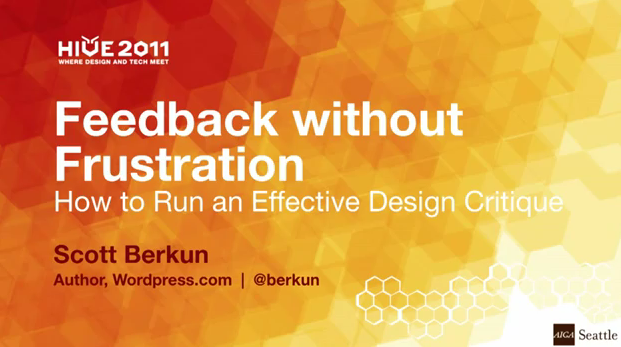Today is Mindfire day: Details for how to help
To help spread word of the new book, I’m asking everyone I know to tweet, post or facebook about Mindfire.
The goal is to see how high we can get the amazon.com ranking to go. Its been hovering at around #11,000 since launch. Can we get it to 7000? 2000? Lets find out.
I’ll be tracking who helps (make sure to reference @berkun, www.scottberkun.com, or my name on Facebook), and giving away prizes like amazon.com gift certificates and signed copies of books.
To participate is easy. Do any of the following RIGHT NOW:
1. Tweet about Mindfire. Here’s a sample tweet you can use: “Great book – Mindfire: Big Ideas for Curious Minds – fast, fun & provocative read on big ideas by @berkun http://amzn.to/mindfires #mindfire”
2. Post on Facebook. “Great new book Mindfire: Big Ideas for Curious Minds, a fast, fun and provocative read on how you think, work and dream. A great gift for creatives, leaders and thinkers – http://amzn.to/mindfires”. (Tag me at Scott Berkun so I’ll see it).
3. Post on your blog. You can reuse the samples above, and also mention the free preview of the book, which can be found here: http://bit.ly/mindfirepreview. Make sure to have a link to www.scottberkun.com so I can track it.
4. Buy Mindfire as a gift, or for your team. Any sales today would help enormously. If you can think of friends or co-workers who need a good read, it’s a win-win: http://amzn.to/mindfires. (Also, you can gift the kindle edition of the book – it’s on the same page). You can simply tweet, FB or blog about the fact that you the bought the book.
5. See who else you can get to do any of the above.
Cheers for all the help!
In return, I have a stack of new posts I’ve been saving up, and you’ll see me posting and tweeting about them today.


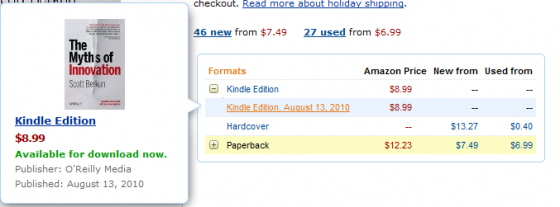

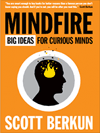
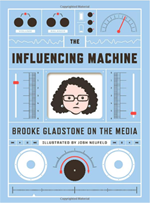
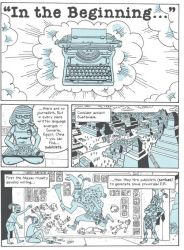 It’s a graphic book, illustrated well by
It’s a graphic book, illustrated well by 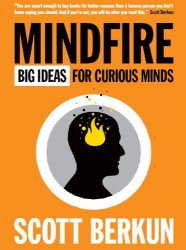 Behind the scenes I’ve been working hard to generate PR for
Behind the scenes I’ve been working hard to generate PR for  One of my kickstarter supporters for
One of my kickstarter supporters for 